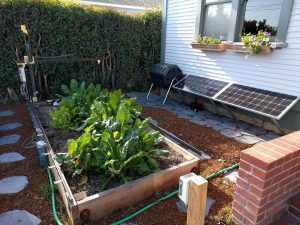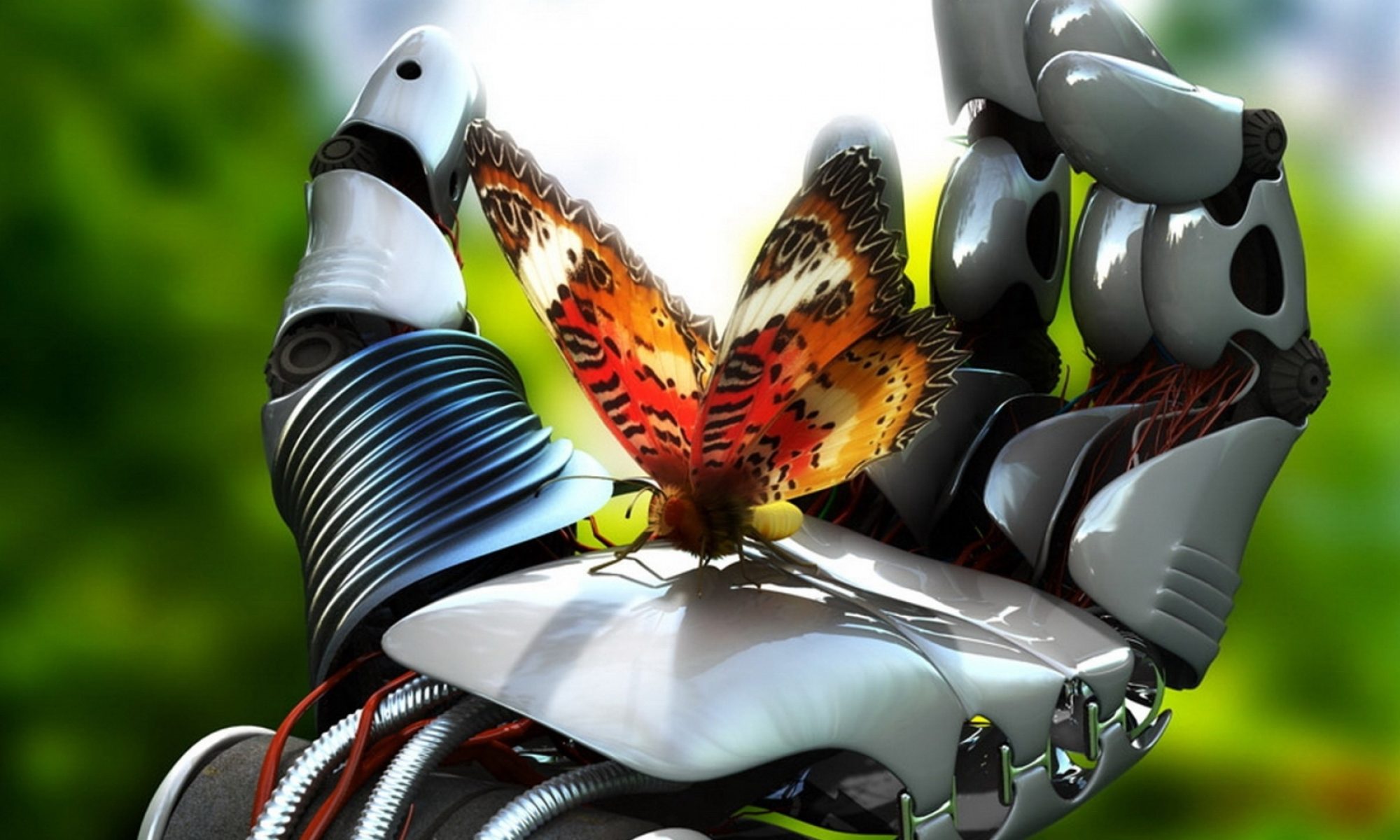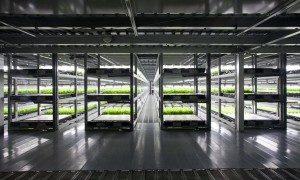FarmBot is bringing technology to the rescue with a scalable, hackable, robotic farming solution you can install yourself and expand as you need.

FarmBot Genesis, the first FarmBot from the San Luis Obispo based developer, is available to purchase as a kit and the next batch is expected to ship in February of 2017. If you’re feeling adventurous and want to do a lot of shopping and cutting pieces on your own, the materials list and CAD models are available to download free from the FarmBot website. The software is open source. The cost to purchase a FarmBot Genesis kit is $3,200.
3D-printable attachments, which are also included in the purchased kit, do the work and keep your hands from getting dirty. These include a Seed Injector, Water Nozzle, Soil Sensor and Weed Suppressor. If you can dream up another attachment to make your gardening easier, simply 3D print your design to fit FarmBot’s Universal Tool Adapter.
Programming Data Collection
Planning your farm and programming the sequences of actions that will keep your veggies healthy is easy with a graphical drag and drop interface for your phone, tablet or computer. A camera attachment helps you monitor the growth of your plants and detects weeds. The soil sensor measures moisture to maintain ideal growing conditions and the system responds to each individual plant’s needs.
FarmBot Size and Specifications
The basic Farmbot Genesis design enables you to set up a garden plot of anywhere from one to four and a half square meters with a maximum plant height of one meter. However, by adding longer rails and making the necessary modifications, the designers believe that the Genesis design can scale to around fifty square meters and a one and a half meter plant height. Moving beyond the backyard garden, multiple Genesis units built out to their maximum size could help power a commercial growing operation.
The materials used to build the FarmBot Genesis are easily acquired. According to the FarmBot website:
Genesis is a small scale FarmBot primarily constructed from V-Slot aluminum extrusions and aluminum plates and brackets. Genesis is driven by NEMA 17 stepper motors, an Arduino MEGA with a RAMPS shield, and a Raspberry Pi 3 computer. These electronics were chosen for their great availability, support, and usage in the DIY 3D printer world.

